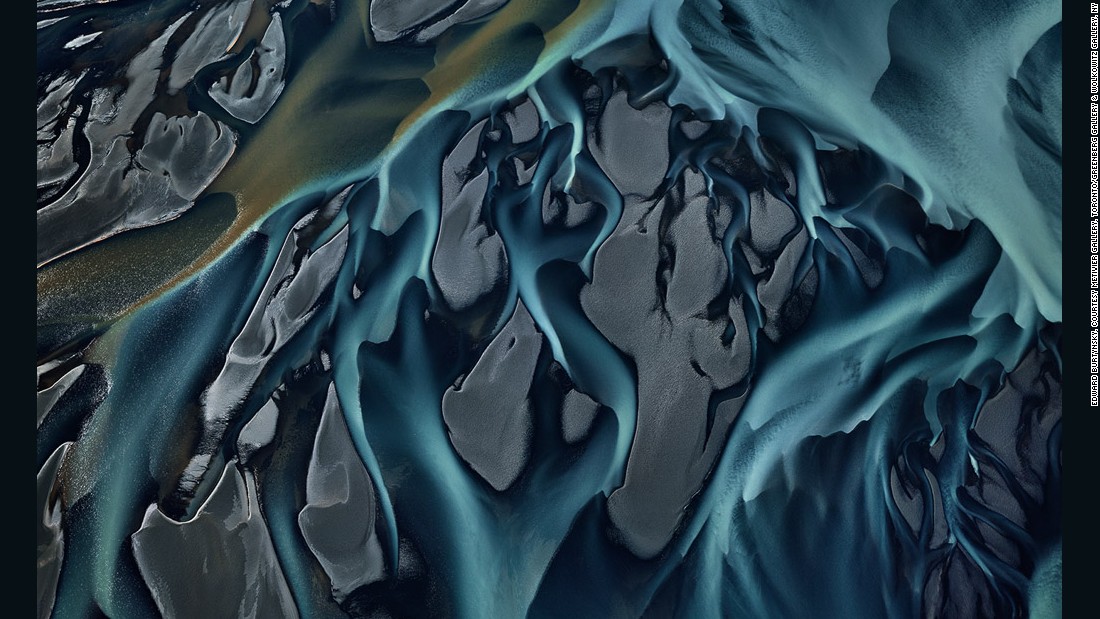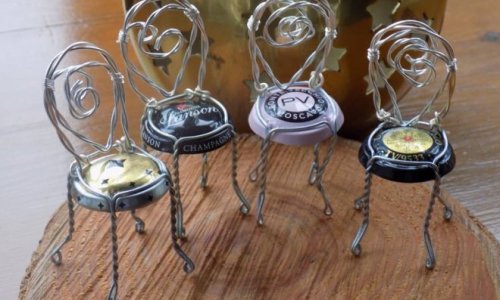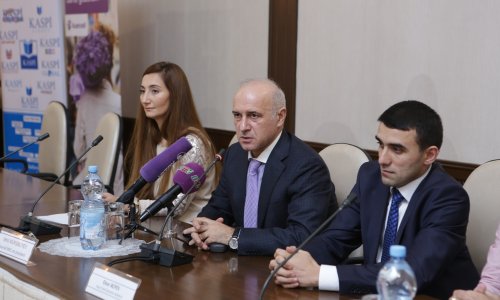Before there was Google Earth, there was Edward Burtynsky. Renown for his aerial images, the 60-year-old Canadian photographer has spent the greater part of three decades capturing what he describes as "nature, transformed through industry," or man-made industrial landscapes.
Themed around broad topics such as water, oil, mining and modern-day China, Burtynsky's expansive, large-format shots present a world of striking contrasts and otherworldly landscapes.
He applies a journalist's discipline to his work, spending years at a time with one project -- researching, conducting interviews, and scouting locations.
"What is modern man's relationship to nature? How do we see it?" he asks, when describing his work.
"With photography, I'm able to connect people to landscapes that we wouldn't be (otherwise) exposed to."
Water, how our 'thirsty civilization' is reshaping the Earth
Burtynsky's newest work, "Water," is an example of how he challenges audiences to think differently about the earth's natural resources, and the consequences of our usage.
The series, which took years to make, is split into several chapters, including one focused on the Gulf of Mexico. In 2010, he traveled to the area to document the BP oil spill disaster.
The explosion and sinking of BP's Deepwater Horizon oil rig, resulted in the largest underwater blowout in U.S. history, with estimates by the U.S. Geological Survey putting the volume of oil spilled between 35,000 to 60,000 barrels of crude oil per day, for 87 days.
The photos show colorful, bleeding bands produced by oil slick, and its devastating effects on the green-blue sea.
In another chapter in that same series entitled "Distressed," he explores how factors like drought and the building of dams can drastically impact the land.
The alarming consequences are depicted within his images of the Colorado River Delta. The US' 7th longest river once flowed to the sea, but has since been reduced to dried-out, thirsty-looking arteries, and barren patches.
Expanding into film
In 2013, Burtynsky released "Watermark," a documentary he co-directed with Jennifer Baichwal. In 2006, Baichwal had made Burtynsky the focus of her film "Manufactured Landscapes."
The film features diverse stories from around the world about our relationship to water -- and brings to life the stories behind the stills from "Water."
"In film -- you can create the illusion of time and space. People speak, characters reveal their feelings. You can use music, which informs how you should be feeling, and it carries you to the right emotional space," he observes.
"I have had people approach me (at the "Water" exhibition), and say 'I saw the film before I came to see the show, and now that I look at the work, the photographs mean much more to me.'"
(CNN)








www.ann.az
Follow us !











